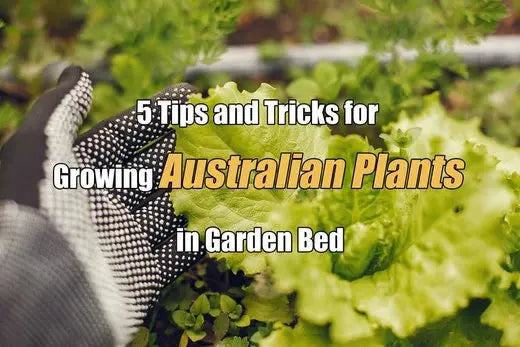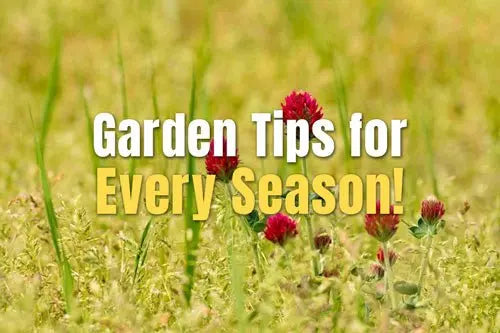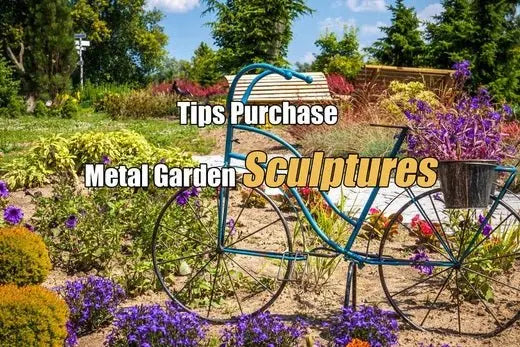Can you Grow Herbs Inside Without Direct Sunlight
By: Merry Usman
Author bio: Merry is a singer, songwriter, blogger, a book marketer, and recovering worship leader. For two years, Merry had the amazing opportunity to minister Christian youth with her Mom, also serving as Sunday school teacher.
Herbs are a great way to add flavour to your favourite dishes, and adding freshly harvested herbs can elevate any meal. Growing your own herbs can also be a fun and rewarding experience. But what if you don't have access to a sunny spot outside for a herb garden? Can you still grow herbs inside without direct sunlight?
The answer is yes! Growing herbs indoors is possible, and with a few key considerations, you can be successful in your herb-growing endeavours. In this blog post, we'll discuss what types of herbs are best for indoor growth, the specific requirements for successful indoor herb gardening, and tips on ensuring your herbs thrive. With the right preparation and care, you can have a delicious and abundant herb supply even if you're limited to growing indoors. So, let's get started!

1. Artificial Lighting
Artificial lighting is one of the best options when it comes to growing herbs inside without direct sunlight. LED lights are the most efficient, as they produce very little heat and use very little energy. You can also purchase special grow lights, which provide the full spectrum of light needed for optimal plant growth. However, these lights are much more expensive than regular LED bulbs and are best suited for those who are serious about growing herbs indoors. If you decide to go this route, make sure you set up the lights in a way that will allow your herbs to get the maximum amount of light.
2. North Facing Windows
North-facing windows are the ideal situation for growing herbs indoors as they get the most indirect sunlight. The sun rays that reach this window will not be too strong and will provide the right amount of light for most types of herbs. However, you may need to supplement the light with grow lights if you find your herbs are not getting enough sun.
3. Grow Lights
One of the easiest ways to provide your indoor herbs with the light they need is to grow lights. Grow lights come in all shapes and sizes and provide the kind of light your herbs need to thrive. They are available in fluorescent, LED, and halogen varieties, and can provide a full spectrum of light to ensure your herbs receive the necessary nutrients. Grow lights are an easy, cost-effective way to give your herbs the light they need, even when there isn't direct sunlight.
4. LED Lighting
LED lighting is a great option for growing herbs indoors without direct sunlight. LED lighting is designed to provide the exact wavelengths of light needed to stimulate photosynthesis in plants. Most LED lights are designed to be energy efficient, and they don’t produce as much heat as other light sources, so they won’t dry out your herbs as quickly. You’ll also use less electricity with LED lighting, which is an added bonus. LEDs are available in a variety of shapes and sizes, so you can find the right set up for your herbs.
5. East and West facing windows
If you don’t have access to direct sunlight, you can still grow herbs inside by taking advantage of east and west facing windows. East and West facing windows let in indirect light, which will still be enough for herbs to grow. Place your herbs on the window sill and rotate them every couple of days to ensure they get the most light from the window. Try to keep the plants away from any drafts that may come from those windows. Herbs do best in bright, indirect light, so this is a great way to grow them indoors.
6. Shade Cloth
If you don't have access to direct sunlight for your indoor herb garden, you can still grow herbs indoors with the help of shade cloth. Shade cloth is a lightweight fabric that is designed to reduce the amount of sunlight that reaches your plants. If you have a south-facing window that receives too much direct sunlight, you can use a shade cloth to block some of the sun and protect your herbs from the heat. You can also use a shade cloth to keep your indoor herbs from wilting in the afternoon sun. With shade cloth, you can easily regulate the amount of sunlight your indoor herbs receive and allow them to thrive.
7. Hydroponic systems
Hydroponic systems are an effective way to grow herbs indoors without the need for direct sunlight. Hydroponic systems use soilless mediums, such as sand, gravel, coconut coir, or rockwool, and nutrient-enriched water to design a custom environment for plant growth. This method of growing herbs is ideal for those living in small spaces, as it does not require much space to set up and can be grown indoors in areas that don't get enough sunlight. Hydroponic systems also require less water and resources than traditional soil-based gardening. Additionally, the nutrient-enriched water can easily be monitored and adjusted to provide the best growing conditions for your herbs.
8. Cool season herbs
Cool season herbs are those that prefer cooler temperatures and can usually be grown indoors without direct sunlight. Examples of cool season herbs include parsley, chives, mint, oregano, and thyme. These herbs can be grown in pots or containers placed on windowsills that receive plenty of indirect sunlight. In fact, they often do better in cooler temperatures and with less direct sunlight, so they are ideal for indoor cultivation. Furthermore, these herbs can be harvested year-round, making them a great option for those looking to have a constant supply of fresh herbs at home.
Conclusion
In conclusion, growing herbs indoors without direct sunlight is possible if you make sure they get enough indirect sunlight, water them regularly and provide them with the right nutrients. It is also important to


